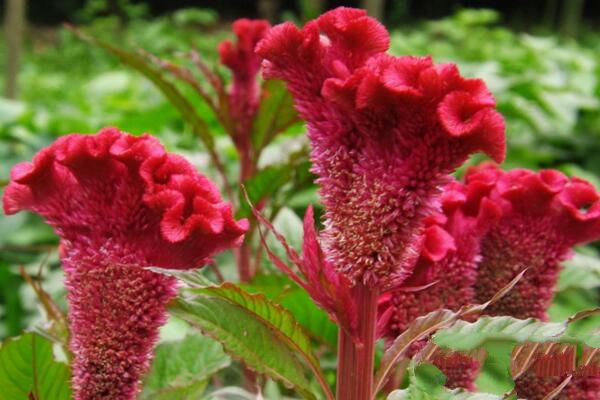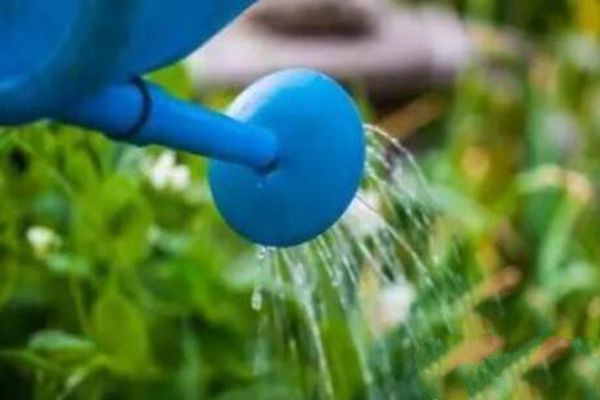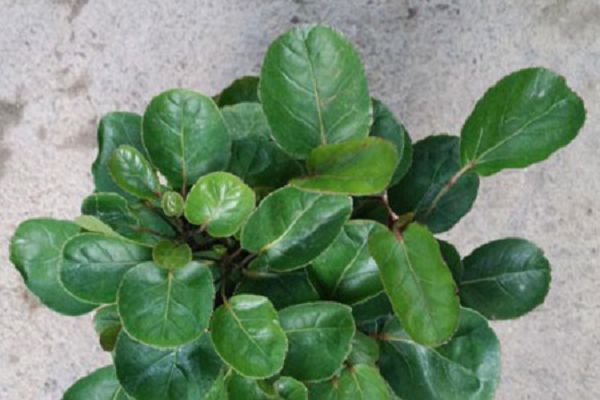The principle of promoting cultivation of Flowers and its restraining measures

In spring and summer, flowers are in full bloom, giving people the visual enjoyment of beauty, but in the cold winter, open-field flowers can not grow normally and flowers bloom. Therefore, in order to meet the needs of flowers in winter and early spring, it is necessary to use man-made environmental factors to control the surrounding environment on the basis of understanding the law of flower growth, so that flowers bloom at that time according to people's wishes. Today, the editor focuses on the combination of production practice, the principles of promoting and inhibiting cultivation and the methods of promoting and restraining cultivation.
1 the principle of promoting and inhibiting cultivation
1.1 different requirements for light and temperature at different stages of flower growth and development
Long-day flowers and short-day flowers are different in sunlight and temperature, and even the same kind of flower, because of various factors, there are great differences in seedling stage and development stage. If we say that the conditions of growth and development at a certain stage are artificially met ahead of time, it will make flowers blossom earlier or later.
1.2 the difference in temperature in the four seasons of the year makes the flowers have a regular life alternation.
Most flowers have a certain period of dormancy every year, which brings some difficulties to the early cultivation or early flowering and fruiting of flowers. Therefore, it is necessary to use artificial methods to disrupt the dormancy characteristics of flowers to make them grow and develop and blossom earlier. Therefore, in the actual process of cultivation, it is necessary to grasp the law of the growth and development of all kinds of flowers, and be good at synthesizing all aspects of relations and making use of them in production practice, so as to achieve the control of flower cultivation.
(2) promoting cultivation and restraining cultivation measures
2.1 Light treatment
The formation of flower buds in plants is greatly affected by the length of sunlight, so it is necessary to master this characteristic so that the flowering period of flowers can be controlled. To put it simply, the long sunshine treatment of short-day flowers can delay flowering, while short-day treatment can blossom ahead of time. On the contrary, the treatment of long sunshine can blossom earlier, while the treatment of short sunshine can delay flowering. At the same time, the flowering of short-day plants can be delayed by the method of long-day illumination. On the contrary, it can make long sunshine plants blossom ahead of time.
2.2 temperature treatment
2.2.1 heating treatment
Warming can promote flower growth and development, accelerate internal metabolism, promote nutrient accumulation and flower bud differentiation. For the flowers that have formed flower buds to survive the winter at a low temperature in winter, heating measures can be used in early spring to break their dormancy and blossom ahead of time. If the ground-grown flowers want to bloom ahead of time, they can be put in a pot after falling leaves at the end of autumn and placed in a cold room. In November, they can be placed in a low greenhouse until about 10 days before flowering, heated to 18 ℃, 12 ℃ at night, and often watered.
2.2.2 low temperature treatment
Low temperature treatment, also known as cold storage treatment, is used to satisfy the overwintering dormancy of plants and inhibit the growth of flowers that have formed flower buds and buds, mainly from three aspects. First of all, prolong its dormancy period: all flowers and trees or bulbs that need to hibernate can be refrigerated to delay their flowering time. Secondly, forced early dormancy: flowers that have dormant in winter and blossom in early spring can blossom again in autumn. Now the buds are removed in early spring to prevent them from blooming, allowing nutrients to be concentrated for the growth of branches and leaves. Strengthen the management of water and fertilizer in spring and summer, promote the formation of flower buds in advance, less watering in late summer and early autumn and put in the cold room. After a week, the leaves slowly fall off and go into dormancy. About a month later, take it out and put it in the natural temperature, or the person warms it properly, that is, it can blossom again in late autumn. The third is to restrain flowering: for flowers that are already budding, cooling can be used to delay flowering. In addition, the low temperature treatment of some winter flowering flowers can promote early flowering, and can blossom ahead of time after being taken out and heated in a certain period before flowering.
2.3 Pharmaceutical treatment
2.3.1 gibberellin
Soaking in 10~50mg/L 's GA solution for 24 hours can break the dormancy period of many garden flower seeds. For example, using GA3 to treat rhododendron can replace low temperature to break dormancy.
2.3.2 auxin
When flowers are treated with chemicals that stimulate plant growth, flowers can blossom in advance or increase the size of flowers. However, when using it, it is necessary to grasp the concentration of chemicals and strengthen the management of light and water and fertilizer, otherwise plants are vulnerable.
(3) treatment of cultivation measures
The flowering period can be controlled by changing the sowing date, cutting, pruning and other different measures, or in cultivation techniques, the drought treatment with less watering or no watering, or the removal of leaves can control the flowering period and make it blossom earlier or later. At the same time, leaf picking treatment is also a method of artificial forced dormancy, which can be combined with drought treatment to make it grow again and achieve the effect of the second flowering.
- Prev

How do flowers propagate by cutting? Detailed explanation of the basic methods of Flower Cuttage Propagation
How do flowers propagate by cutting? Detailed explanation of the basic methods of Flower Cuttage Propagation
- Next

Key points of watering potted flowers in different periods
Key points of watering potted flowers in different periods
Related
- What if the leaves of potted flowers turn yellow?
- Florescence Control of several Flowers
- Anti-freezing technology and post-freezing nursing technology of flowers
- What is the classification of flowers? What are the common methods of flower classification?
- Prevention and control of alkali and acid damage of flowers in courtyard
- Technology of Anti-freezing and restoring growth of Flower seedlings in greenhouse and greenhouse
- How does flower fertilization not hurt the root? Fertilization technology of flowers
- Key points of disinfection in flower greenhouse
- Several pesticides that are banned or used cautiously in flowers
- How to fertilize the flowers that watch the leaves?

